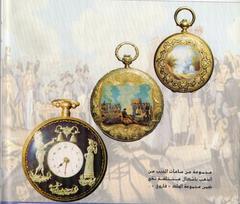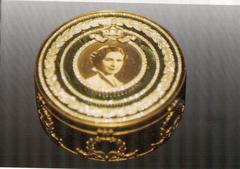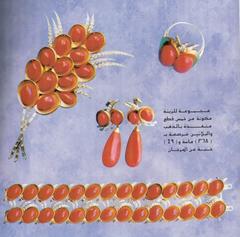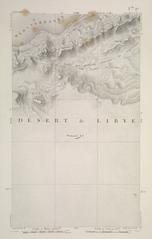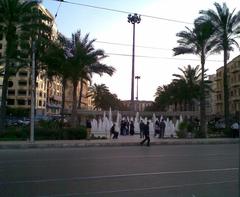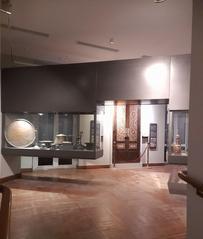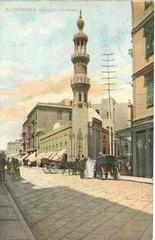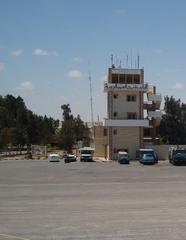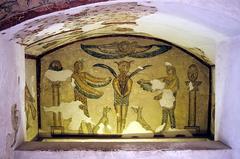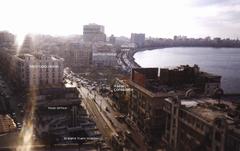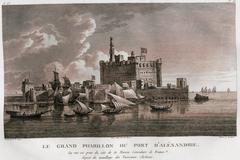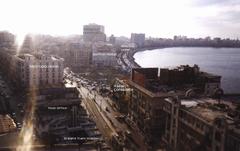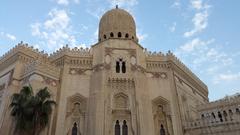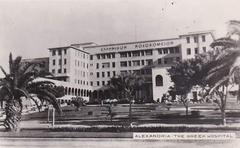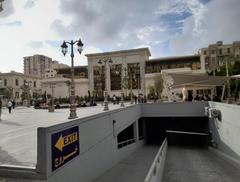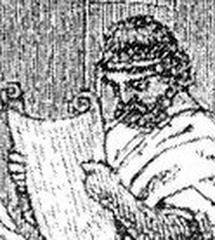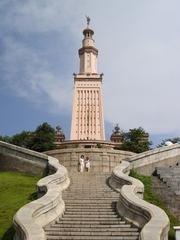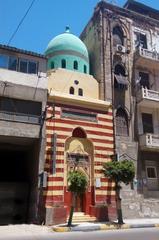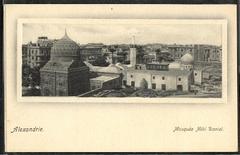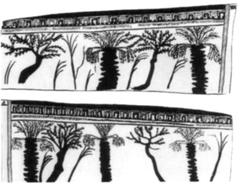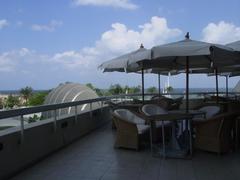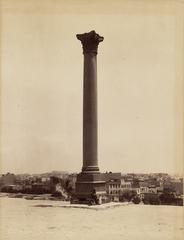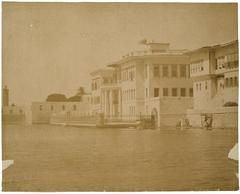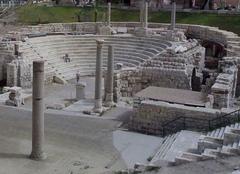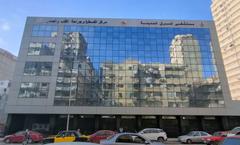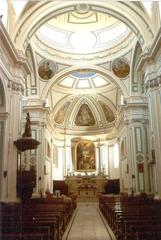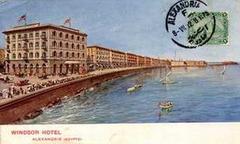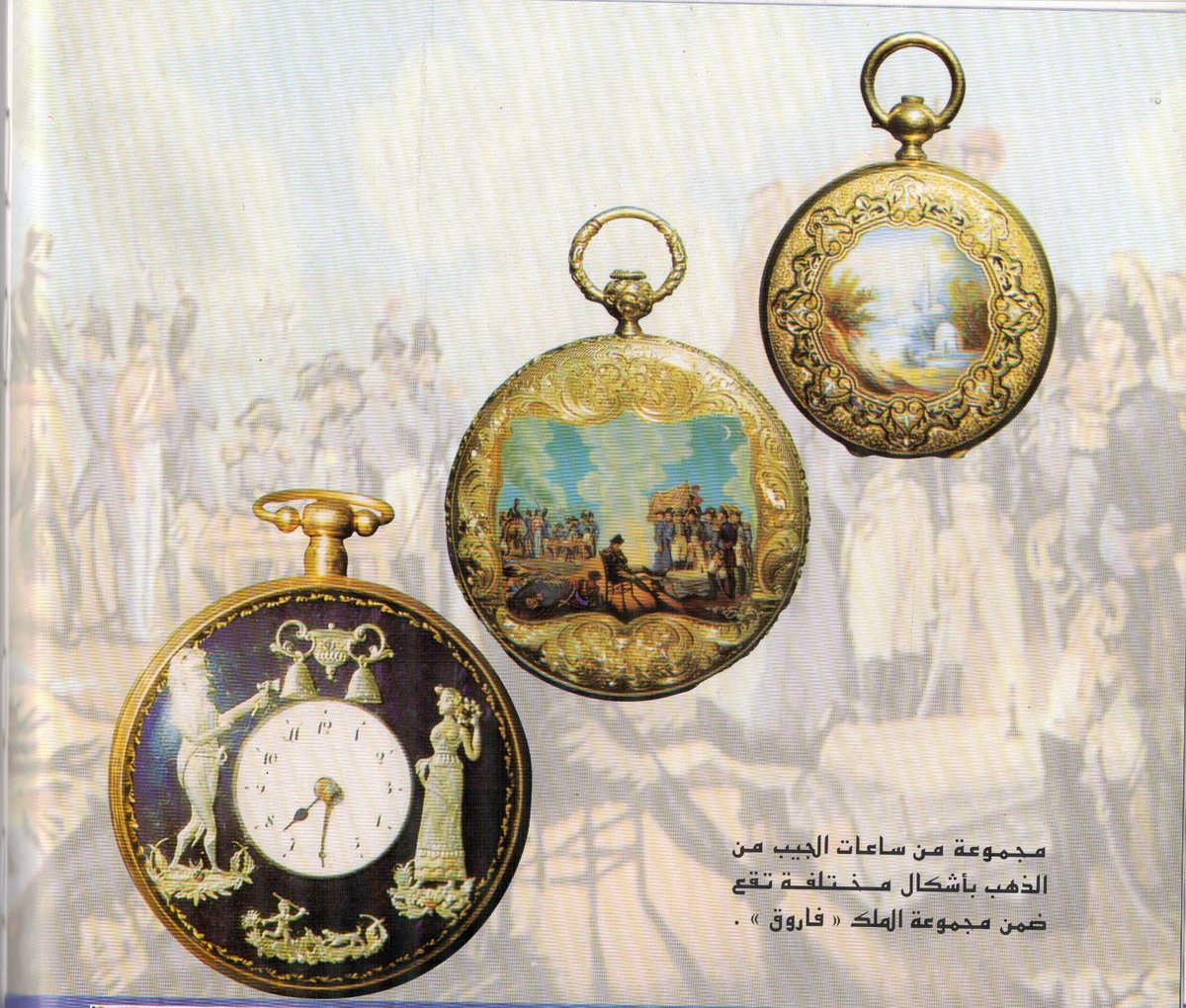
Royal Jewelry Museum Visiting Hours, Tickets, and Historical Sites in Alexandria
Date: 16/08/2024
Introduction
The Royal Jewelry Museum in Alexandria, Egypt, is a remarkable institution that offers a unique glimpse into the luxurious lifestyle of Egypt’s former royal family. Nestled in the Zizenia neighborhood, this museum is housed in the former palace of Princess Fatma Al-Zahra, a testament to the architectural grandeur of the early 20th century (Wikipedia). Opened to the public in 1986 by decree of President Mubarak, the museum showcases an extensive collection of over 11,500 pieces of jewelry and artifacts from the Muhammad Ali Dynasty, which ruled Egypt for nearly 150 years (Egyptian Monuments). Visitors can marvel at opulent items such as Queen Eugenie’s Plate, King Farouk’s Collection, and Princess Fawzeya’s Collection, each adorned with precious gemstones and intricate designs (Alexandria Government). The museum not only serves as a repository of these priceless artifacts but also as an educational and cultural landmark, providing valuable insights into Egypt’s royal heritage and the artistic achievements of the Muhammad Ali Dynasty (Travel2Egypt).
Table of Contents
- Introduction
- History and Significance
- Collection Highlights
- Historical Artifacts
- Renovations and Reopening
- Visitor Information
- Educational and Cultural Significance
- Visitor Experience
- Security and Preservation
- Conclusion
- FAQ
History and Significance
Origins and Establishment
The Royal Jewelry Museum, located in the Zizenia neighborhood of Alexandria, Egypt, is housed in the former palace of Princess Fatma Al-Zahra. The palace itself is a masterpiece of architectural design, constructed in 1919 and reflecting the opulence and grandeur of the era. The museum was first inaugurated on October 24, 1986, following a decree by President Mubarak to transform the palace into a museum dedicated to the jewelry and artifacts of the Muhammad Ali Dynasty (Wikipedia).
The Muhammad Ali Dynasty
The Muhammad Ali Dynasty, founded by Muhammad Ali Pasha in 1805, ruled Egypt for nearly 150 years until the Egyptian Revolution of 1952. Muhammad Ali Pasha is often credited with modernizing Egypt, establishing a dynasty that would leave a lasting legacy on the country. The dynasty’s rule saw significant developments in various sectors, including military, economic, and cultural advancements (Egyptian Monuments).
Architectural Marvel
The palace of Princess Fatma Al-Zahra is an architectural gem, featuring a blend of European styles with intricate details. The foyer is adorned with burgundy carpets and gilded ceilings, leading to a grand staircase of marble steps. The windows are decorated with colored glass, and the grounds are coated with the finest types of wood imported from Turkey and other European countries (Live the World).
Collection Highlights
The museum’s collection is vast and varied, showcasing the opulence of the Muhammad Ali Dynasty. Among the notable items are:
- Queen Eugenie’s Plate: A gift to Khedive Ismail during the opening of the Suez Canal, this plate is estimated to be worth around 15 million pounds and is ornamented with diamonds, sapphires, and emeralds (Alexandria Government).
- King Farouk’s Collection: This includes a sistrum made in the shape of a royal crown, adorned with palatine, diamonds, emeralds, rubies, and gold. King Farouk’s collection is known for its extensive use of diamonds (Egyptian Monuments).
- Princess Fawzeya’s Collection: The sister of King Farouk and wife of the Shah of Iran, her collection includes a palatine ring with her name carved on it and a belt ornamented with 240 pieces of diamonds (Alexandria Government).
Historical Artifacts
The museum also houses several historical artifacts that provide insight into the lavish lifestyle of the royal family. These include:
- Gold Chessboard: A chessboard made of gold, encrusted with diamonds, rubies, and emeralds, reflecting the luxurious tastes of the royal family (Egyptian Monuments).
- Golden Binoculars: Encrusted with precious stones, these binoculars were used by the royal family during various events (Live the World).
- Diamond and Emerald Collar: Belonging to Muhammad Ali Pasha, this collar is among the most prized possessions in the museum’s collection (Egyptian Monuments).
Renovations and Reopening
The museum underwent extensive renovations and expansions, which began in 1986 and continued until its reopening in April 2010. The renovation process included the addition of modern amenities such as central air conditioning, a library, a café, a seminar hall, and a restoration laboratory. The total cost of the renovation was more than nine million dollars (Alexandria Government).
Visitor Information
Visiting Hours
The Royal Jewelry Museum is open daily from 9:00 AM to 5:00 PM. It is advisable to check for any changes in visiting hours during public holidays or special events.
Ticket Prices
- General Admission: 100 EGP
- Students: 50 EGP
- Children under 6: Free
Accessibility
The museum is equipped with ramps and elevators to accommodate visitors with mobility issues. There are also guided tours available upon request.
Travel Tips
- Best Time to Visit: Early mornings or late afternoons to avoid crowds.
- Photography: Photography is allowed, but flash photography is prohibited to protect the artifacts.
- Nearby Attractions: Consider visiting the Alexandria National Museum and the Bibliotheca Alexandrina, both of which are located nearby and offer further insight into Egypt’s rich history.
Educational and Cultural Significance
The Royal Jewelry Museum serves as a significant educational and cultural landmark in Alexandria. It not only preserves precious artifacts from a bygone era but also provides visitors with a glimpse into the history and culture of Egypt’s royal family. The museum’s collection offers valuable insights into the artistic and cultural achievements of the Muhammad Ali Dynasty, making it a must-visit destination for history enthusiasts and general visitors alike (Travel2Egypt).
Visitor Experience
Visitors to the Royal Jewelry Museum can expect a rich and immersive experience. The museum is divided into ten halls, each dedicated to different members of the royal family and their collections. The walls of the museum are adorned with painted portraits of Khedive Ismail, his wives, sons, and daughters, all framed in pure gold. The ceilings are decorated with intricate designs and colors, adding to the overall grandeur of the museum (ETB Tours Egypt).
Security and Preservation
To ensure the safety and preservation of the artifacts, the museum is equipped with a state-of-the-art security alarm system, surveillance cameras, and fire protection measures. These precautions help protect the valuable collections from theft and damage, ensuring that future generations can continue to enjoy and learn from these historical treasures (Alexandria Government).
Conclusion
The Royal Jewelry Museum in Alexandria stands as a testament to the opulence and cultural richness of Egypt’s past. Its extensive collection of jewelry, artifacts, and historical items offers a unique glimpse into the lives of the country’s former royal family. With its rich history, architectural beauty, and educational significance, the museum remains a vital cultural landmark in Alexandria, attracting visitors from around the world. Be sure to plan your visit and explore this remarkable museum to fully appreciate the grandeur of Egypt’s royal heritage.
FAQ
What are the visiting hours for the Royal Jewelry Museum?
The museum is open daily from 9:00 AM to 5:00 PM.
How much are the tickets for the Royal Jewelry Museum?
General admission is 100 EGP, students pay 50 EGP, and children under 6 can enter for free.
Is the museum accessible to visitors with disabilities?
Yes, the museum is equipped with ramps and elevators to accommodate visitors with mobility issues.
Are there guided tours available?
Yes, guided tours are available upon request.
Can I take photographs inside the museum?
Yes, photography is allowed, but flash photography is prohibited to protect the artifacts.
What are some nearby attractions?
Nearby attractions include the Alexandria National Museum and the Bibliotheca Alexandrina.
References
- Wikipedia, 2024 Royal Jewelry Museum
- Egyptian Monuments, 2024 Royal Jewelry Museum
- Alexandria Government, 2024 Royal Jewelry Museum
- Travel2Egypt, 2024 Royal Family Jewelry Museum
- ETB Tours Egypt, 2024 The Royal Jewelry Museum Alexandria
- Live the World, 2024 Royal Jewelry Museum
